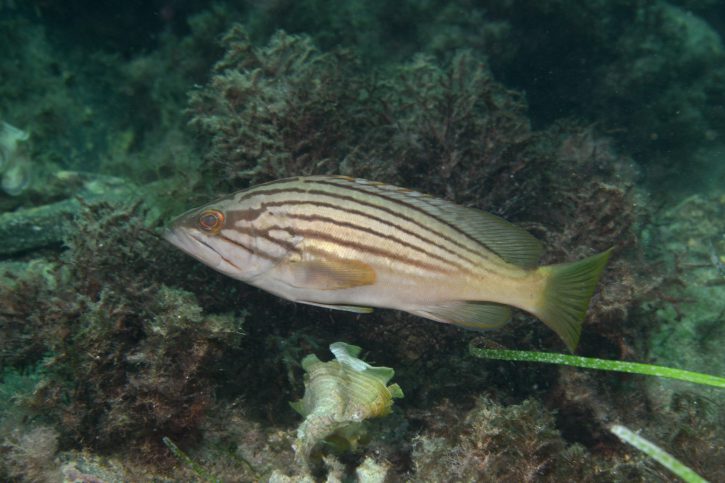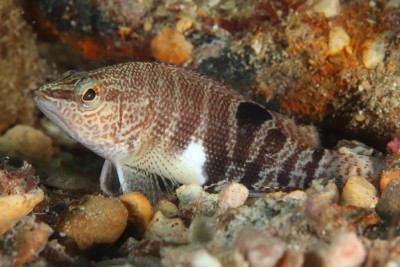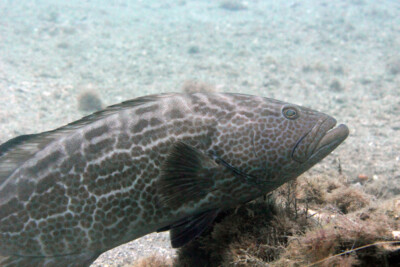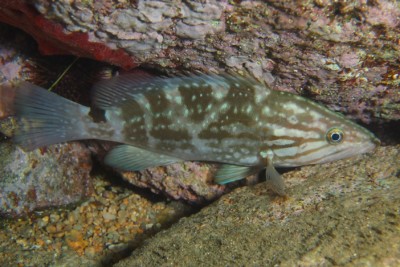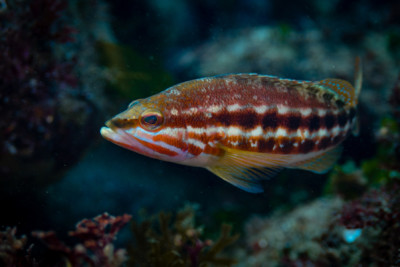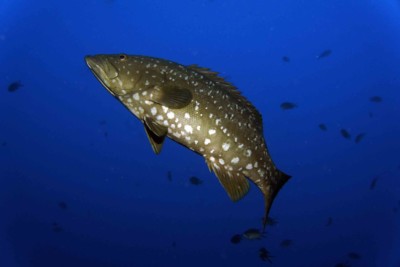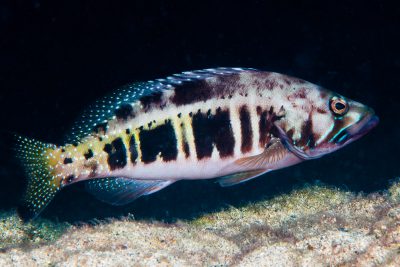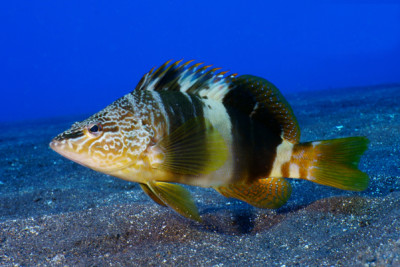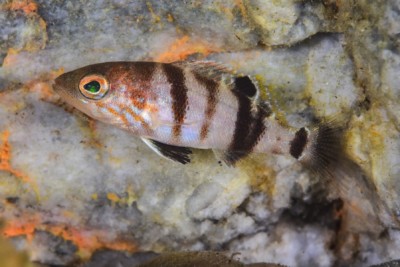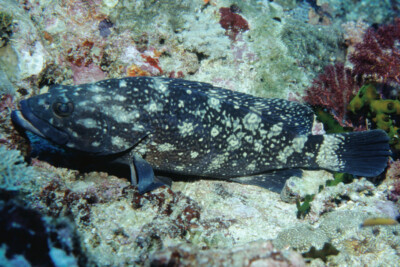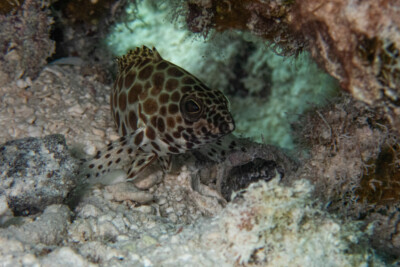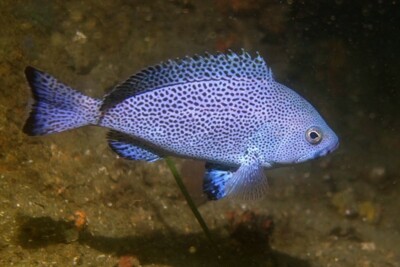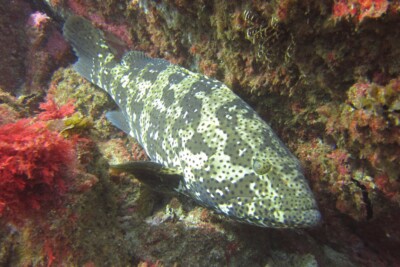Epinephelus costae
| Scientific name | Epinephelus costae |
|---|---|
| Descriptor | Steindachner |
| Year of description | 1878 |
| IUCN category (World) | DD |
| Family | Serranidae |
| Genus | Epinephelus |
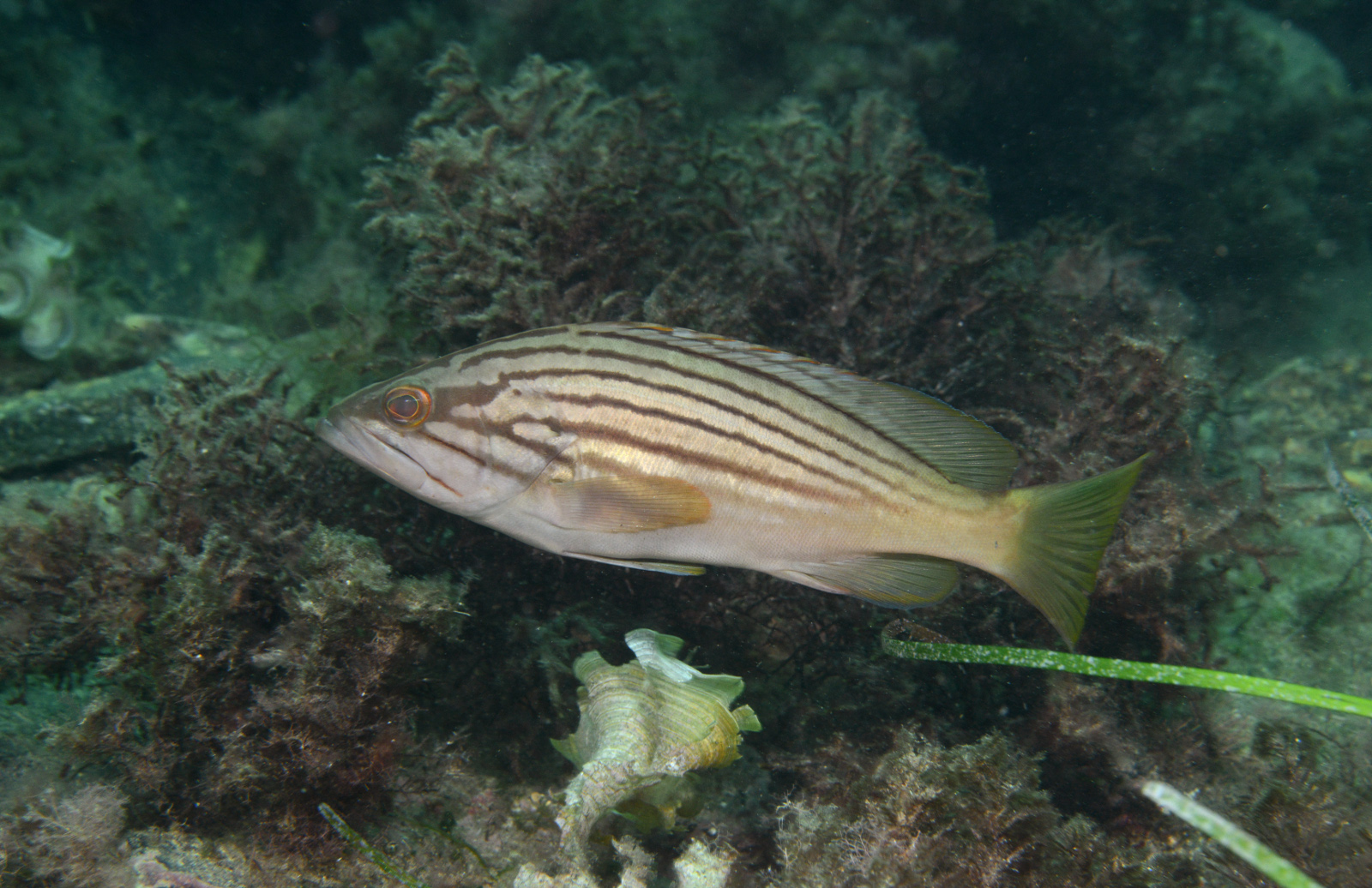

Introduction
Epinephelus costae is a salt water fish.
This sheet is currently being prepared. The texts currently proposed come from our data model or are being drafted. To request priority for this content, you can write to us HERE.
Who is it?
Genus Epinephelus
In 2019, the genus Epinephelus comprised 87 species according to FishBase. These fish are commonly known as "groupers" and belong to the "serranid group" (Serranidae).
They are territorial carnivores with elongated and robust bodies. They have imposing heads with canines in the front of their jaws and protractile mouths. All species possess 10 or 11 dorsal spines.
Most species are found in coral reefs or rocky areas, with some exceptions (such as E. aeneus, E. bruneus, or E. areolatus) living in sandy, muddy, or silty bottoms. Adults are typically observed at depths ranging from 10 to 200 meters. Most Epinephelus are recognized as protogynous hermaphrodites, meaning they are born as females and become males as they grow. However, not all females may change sex, and some males may not go through this commonly accepted stage.
These fish are highly valued commercially for consumption and recreational fishing, but they are vulnerable to overfishing due to their slow growth, late maturity, and the formation of reproductive aggregations. Overfishing, particularly targeting mature individuals, can lead to sex-ratio imbalances and affect reproduction. Several groupers are now the subject of aquaculture farms (especially E. coioides and E. malabaricus).
According to the IUCN, overfishing and pollution have already caused a significant decline in the populations of many groupers, and several species are endangered.
Morphology
-
Average size80 cm
-
Maximum size140 cm
-
Longevity30 year
-
Mimicrystone
-
Patternhorizontal stripes
-
Average size80 cm
-
Maximum size140 cm
-
Longevity30 year
-
Mimicrystone
-
Patternhorizontal stripes
How to recognize This fish ?
Epinephelus costae measures around 80 cm. The dominant males can however reach 140 cm. This fish is bicolore with a predominantly marron and beige body. The also has marron, blanc and beige horizontal stripes.
Sexual dimorphism
The adult male is bigger than the female.
Behaviour & Life cycle
-
dietcarnivorous
-
Sociabilitysolitary
-
territorialYes
-
Way of livingdiurnal
Epinephelus costae hunts in the stalk and is one of the predators of its biotope. Opportunistic, it does not hesitate to attack any smaller animal nearby.
Epinephelus costae is a fish solitary naturally found at mid-depth and near the bottom. This species is carnivorous .
This species is territorial and does not appreciate the presence of intruders nearby, especially animals with similar behavior. It can also be virulent toward conspecifics. However, Epinephelus costae is generally peaceful with non-territorial animals that cannot be potential prey. In a constant quest for dominance, the dominant males of this species cannot stand each other. The battle between two individuals can be intense and violent. It will result in the submission and sometimes even death of one of the protagonists.
Reproduction
-
Reproductionovipare qui pond en eau libre
-
Hermaphroditeprotogynous
Epinephelus costae is a fish ovipare qui pond en eau libre. always born female. Growing up, individuals will change sex to become male, this is called successive hermaphroditism of the protogynous type.
Harmless species
This species does not represent any particular threats to humans when encountered in its natural environment.
Origin and distribution
Conservation status of populations (IUCN)
What is its habitat?
Natural environment characteristics
-
Temperature10 - 26 °C
-
Depth4 - 160 m
Biotope presentation
Epinephelus costae is most often found at a depth between 4m and 160m. However, it is not impossible to find this species at other depths.
To go further
Sources & Contributions
Participation & Validation
The Fishipedia team and specialist contributors are committed to providing high-quality content. However, although the information comes from scientific sources or testimonials from specialists, the cards may contain inaccuracies.

Benoit Chartrer

Adrien Falzon
Translation
Translation done with the valuable contribution of our translators, who make this information available to a wider audience. We sincerely thank them for their commitment.
Bibliographic references
FAO Species Catalogue. Vol. 16. Groupers of the world (family Serranidae, subfamily Epinephelinae). - Heemstra, P.C - J.E. Randall - FAO Fisheries Synopsis - 1993.
Scientific partners
Tags
Species of the same family
Same genus
